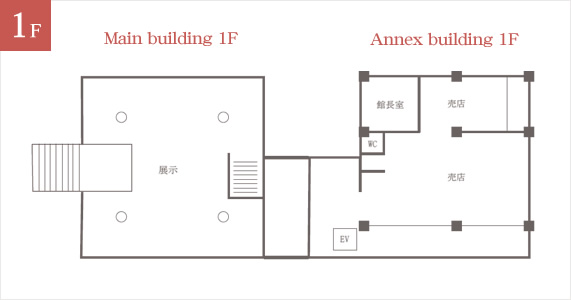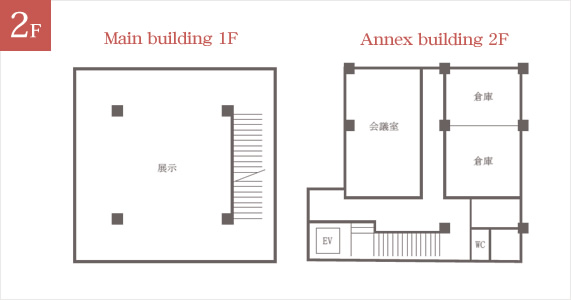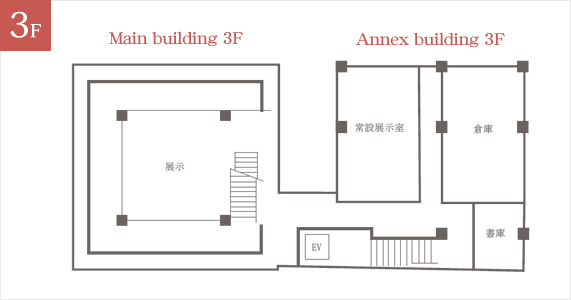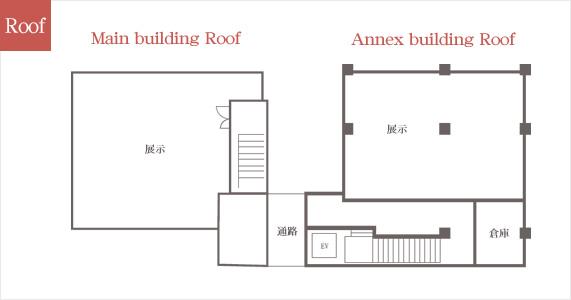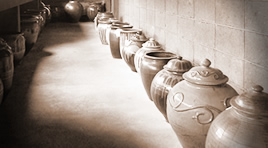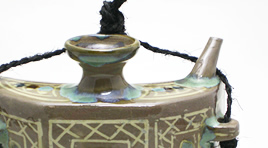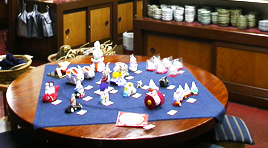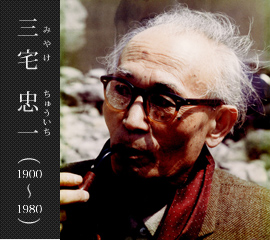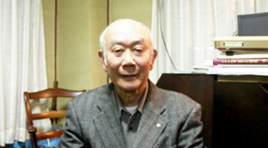NIHON-KOHGEIKAN was established in 1950 for the purpose of preserving Devel-oping,and popularising traditional handicrafts (MINGEI) that has a long history in this Country. The original museum was located in the former rice granary at Doh-jima, kita-ku, Osaka.In 1960, in commemoration of the 10th anniversary the museum was moved to the present site. Anytime, anywhere MINGEI works are produced by unknown craftsmen to be used by people in every-day life. They are not only useful but also beautiful. NIHON-KOHGEIKAN has been trying to preserve, develop, and popularize the craft of pro-ducing contemporary MINGEI works and to contribute to creating beauty in every-day life of the general public. The MINGEI works on display here are traditional handicraft products brought forth in the culture and nature of this country and are now highly appreciated worldwide. Now please enjoy yourself appreciating the use and beauty of the MINGEI works of Japanese handicraft culture.
NewsView more
